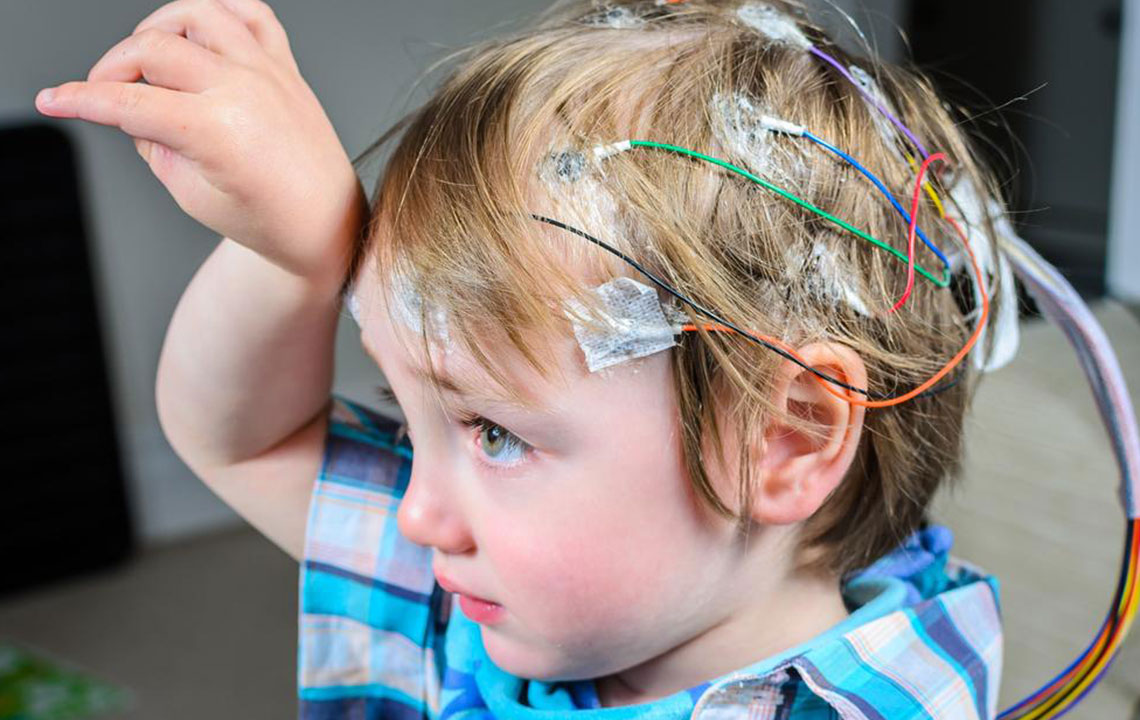Managing Seizure Disorders and Epilepsy: A Comprehensive Guide
This article provides a comprehensive overview of seizure types, epilepsy diagnosis, and treatment options, including medication and surgery. It emphasizes that with proper management, most individuals can effectively control seizures and live active lives. The guide details the differences between generalized and partial seizures, emphasizing the importance of accurate diagnosis and tailored treatment plans for optimal outcomes.

Managing Seizure Disorders and Epilepsy: A Comprehensive Guide
Seizures are brief episodes caused by abnormal electrical activity in the brain, often called epileptic seizures or fits. During a seizure, sudden, excessive brain signals occur, leading to various physical symptoms. When a person experiences more than one unprovoked seizure, they are diagnosed with epilepsy. These seizures are not triggered by identifiable causes like low blood sugar or infections. Diagnosing epilepsy involves ruling out other conditions such as fainting or poisoning.
Approximately 1% of the global population is affected by epilepsy, and 5-10% will experience at least one seizure by age 80. Treatment is effective for about 70% of patients, with options including medication, lifestyle modifications, surgery, or neurostimulation for resistant cases. Over time, seizures can decrease in frequency and severity with proper management.
Types of Seizures
Most seizures are convulsive, with non-convulsive types being less common and harder to detect due to their brief duration. The key distinction lies in how much of the brain is involved. Generalized seizures affect both hemispheres, while partial seizures originate from specific brain regions.
Generalized Seizures
These include Tonic-Clonic, Tonic, Clonic, Absence, Myoclonic, and Atonic seizures. Absence seizures last 10-30 seconds, causing loss of attention and consciousness, often seen in children. Tonic-Clonic seizures, or grand mal seizures, last over 30 seconds and feature body stiffening, rhythmic muscle jerks, and post-seizure confusion. Atonic seizures involve sudden muscle loss causing falls, while myoclonic seizures produce quick muscle jerks.
Partial (Focal) Seizures
Partial seizures can be simple or complex, often preceded by an ‘aura’—a warning sign like visual or sensory changes. Simple partial seizures do not impair consciousness, while complex partial seizures cause altered awareness without fainting. Symptoms depend on the brain area affected, and some partial seizures may evolve into generalized seizures.
Starting Treatment for Seizures and Epilepsy
Contrary to myths, seizures can often be controlled or eliminated through proper treatment. Diagnosis involves imaging tests like MRI and EEG to identify the seizure type. The primary treatment includes anticonvulsant medications (AEDs), which prevent seizure recurrence but do not cure epilepsy. Medication choices depend on individual factors, with common drugs including Sodium Valproate, Carbamazepine, and Levetiracetam.
For drug-resistant epilepsy, surgical intervention may be considered, especially for focal seizures with a clear origin. Surgery involves removing the seizure focus to prevent recurrence. Adherence to medication and lifestyle changes—such as adequate sleep, regular meals, and exercise—help reduce seizure risk. Advances in treatment mean many individuals with epilepsy can lead active, fulfilling lives.










